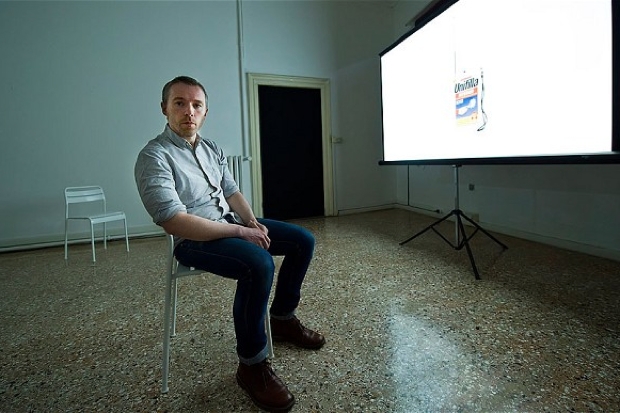The Turner Prize shortlist has been announced, and includes a video artist who uses YouTube clips, an artist who pairs spoken word with slide shows and photography, and a historical documentary about African art. Among the four nominees for the most ‘prestigious and provocative’ contemporary art prize, not one of them is a traditional painter or sculptor. In short, the Turner Prize seems to have morphed into a film and photography prize.
The Tate seem to be aware of this. The nomination announcement said the four artists’ methods ‘suggest the impact of the internet, cinema, TV and mobile technologies on a new generation of artists’. Of course, there’s no reason why a piece of sculpture or a painting can’t respond to the onslaught of multimedia too. It’s just the Tate know they can capture an audience for longer if films, rather than static works, are exhibited. And given the entry fee this year is an extortionate £11, they’ll be wanting to make sure their long-suffering audience feel they’ve got their money’s worth.
The Turner Prize has for a long time laboured under the myth that it champions the best contemporary British art. This myth has been propped up by two things: that the prize is held in one of Britain’s finest national collections, and the association with J.M.W Turner. The Tate may think of itself as progressive by focusing so heavily on film and photography, but in fact the opposite is true. It is simply a tedious way to draw out an exhibition. After all, the traditional arts can be employed to criticise the modern world just as forcefully as new-fangled media can. By refusing to acknowledge this, the Tate pounds another nail into the coffin of this dreary, uninspiring prize.







Comments